Mollie Expands Instant Bank Payments with Ivy
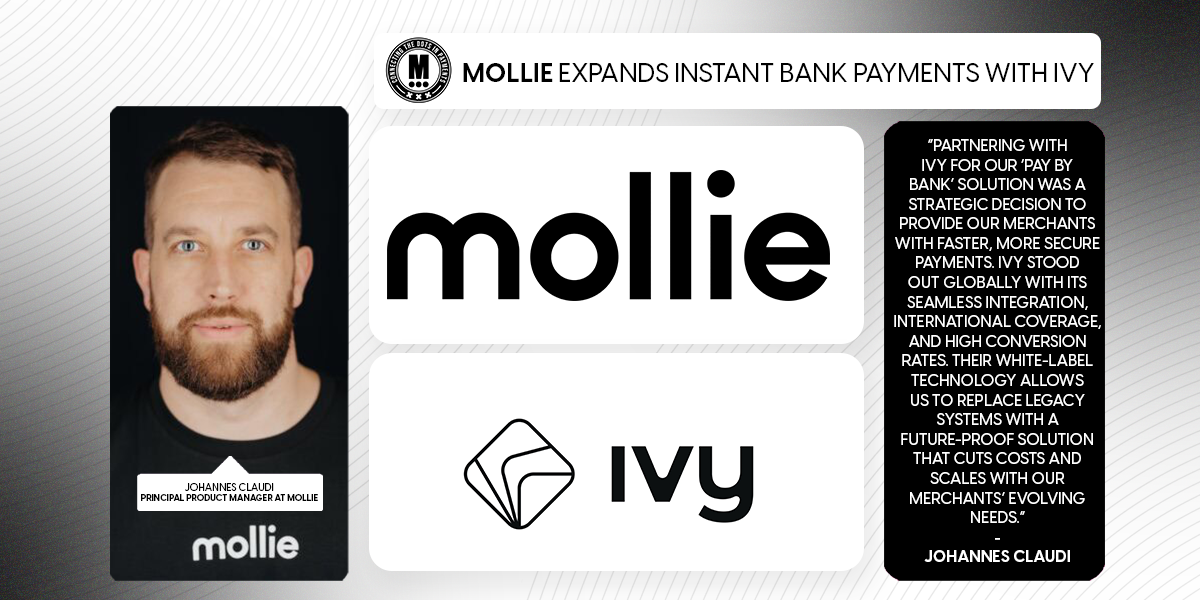
Hey Payments Fanatic!
Mollie is taking a significant step into the most advanced payment options. In partnership with Ivy, the FinTech is introducing “Pay by Bank,” a seamless instant payment method that offers a faster, more secure, and cost-effective alternative to legacy bank-based options like SOFORT, Giropay, and iDEAL.
For businesses, this means lower costs and higher conversion rates. For customers, it’s an intuitive experience: select “Pay by Bank,” choose a trusted bank, confirm the amount, and authenticate—often with just Face ID. No credit card, no extra steps.
Ivy provides access to over 5,000 banks via a single API, supporting Mollie’s expansion into real-time payments. As Ferdinand Dabitz, Co-Founder & CEO of Ivy, explains, “Ivy is building the world’s first default global, default instant payments platform. Forward-thinking companies like Mollie are leading the global shift towards instant bank payments.”
Johannes Claudi, Principal Product Manager at Mollie, adds, “Partnering with Ivy for our ‘Pay by Bank’ solution was a strategic decision to provide our merchants with faster, more secure payments. Ivy stood out globally with its seamless integration, international coverage, and high conversion rates. Their white-label technology allows us to replace legacy systems with a future-proof solution that cuts costs and scales with our merchants’ evolving needs.”
With instant bank payments expected to reach $330 billion by 2027, this move signals a broader shift. As legacy systems phase out, businesses increasingly seek alternative solutions that offer speed, security, and scalability.
If you want to catch up on the latest in Payments, keep scrolling!
Cheers,
INSIGHTS
🇮🇪 More than half of contactless payments in Irish retail were made with a mobile phone or watch. The method now dominates the Irish retail and restaurant landscape, with more than 1.5 billion such transactions over €25 billion recorded last year, according to the Banking and Payments Federation of Ireland (BPFI).
➡️ The last 12 months brought many high-profile payments M&A, across the entire payments stack including PSPs, infrastructure, POS and crypto.
Click here to explore the document by Multiples for more key stats👇
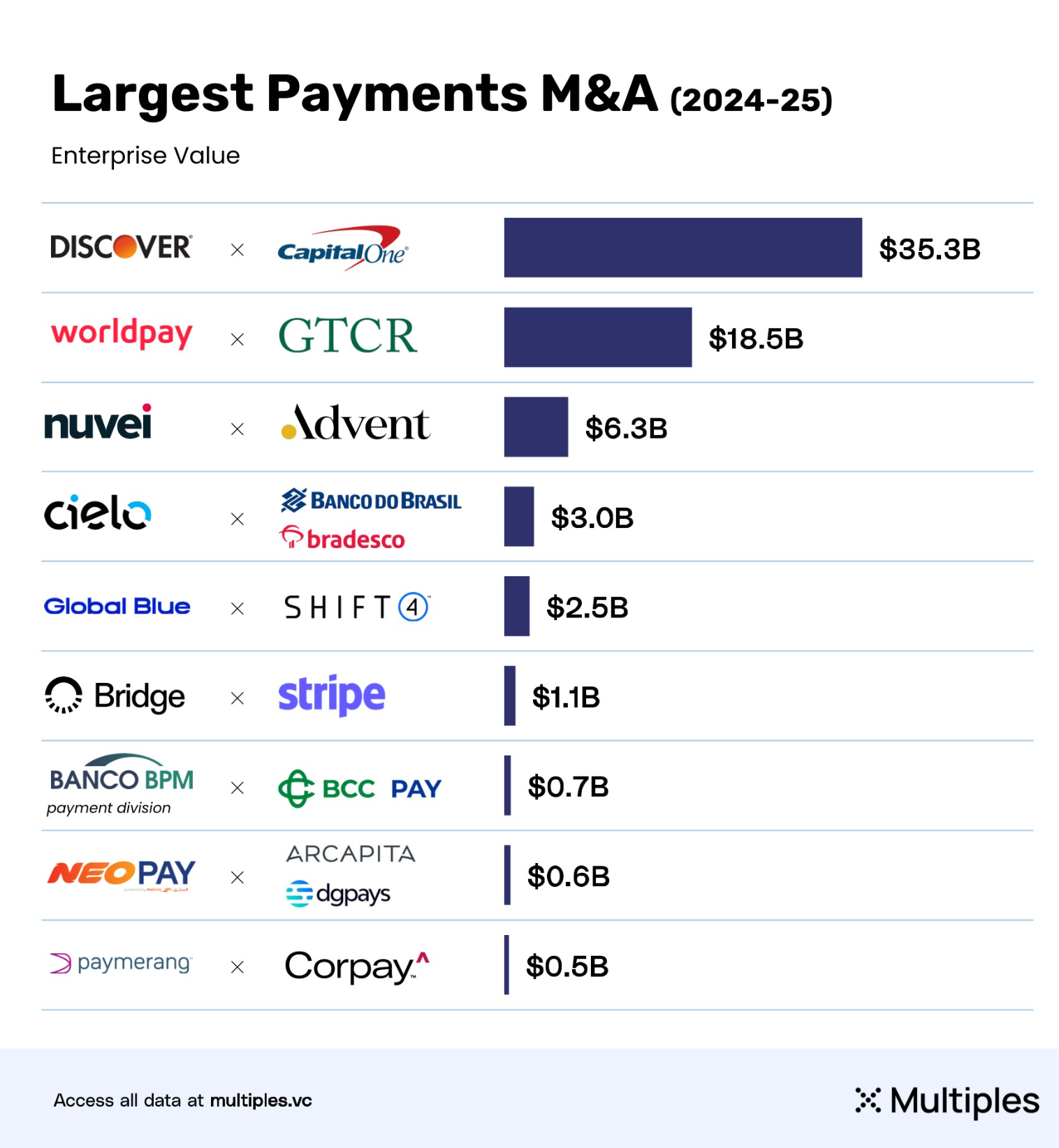
PAYMENTS NEWS
🇺🇸 Ingo Payments selects Marqeta as issuer processor for enhanced embedded banking platform. Ingo selected Marqeta for its flexible, scalable technology stack that helps its customers develop innovative financial products and bring them to market quickly. By partnering with Marqeta, Ingo is equipped to drive the next generation of issuing solutions, offering value to senders, receivers, and businesses alike.
🇧🇷 PicPay makes seven times more profit and advances in diversification. The company reported a significant growth, with a 61% increase in revenue, reaching R$ 5.6 billion, and a sevenfold increase in net profit to R$ 251.8 million. Over 5.7 million users engaged with PicPay Assistant throughout the year.
🌍 European payment schemes turn on instant cross-border money transfers. EuroPA enables interoperability between Italy's Bancomat, Spanish scheme Bizum, and Portugal's MB WAY, connecting more than 50 million users and 186 financial institutions from Italy, Portugal, Spain, and Andorra.
🇮🇳 PayMate secures $30 million boost from Crimson Ventures to revolutionize B2B payments. The funds raised will be directed toward enhancing PayMate’s market presence and supporting general corporate purposes. The company is also considering this round as a precursor to potentially raising additional capital soon.
🇬🇧 Backbase and Salt Edge join forces to accelerate open banking compliance and innovation. This collaboration enables Backbase customers to integrate robust open banking compliance solutions from Salt Edge. Available end-to-end through the Backbase Marketplace, it ensures seamless connectivity to the bank’s tech stack.
🇮🇳 New UPI rules. The measures are implemented to ensure the security and efficiency of UPI, along with phasing out inactive numbers, as the inactive number could pose a security risk. When an individual deactivates or closes their number, the UPI remains active, which could result in misuse or cyber crime.
🇰🇬 Kyrgyzstan takes lead in banking sector integration and QR code payment services in EAEU. According to the National Bank of Kyrgyzstan, this milestone follows the successful rollout of the national QR code interoperability framework, creating a unified payment ecosystem.
🇵🇦 Panama’s draft bill sets the stage for crypto payments. The draft bill is now under review in the National Assembly, with potential amendments before a final vote. It aimed at regulating cryptocurrencies and establishing a legal framework for blockchain-based services.
🇺🇸 FinTech ArtsPay teams with Clover to grow its social purpose venture supporting the arts. Through its partnership, ArtsPay has launched a new platform that the company says marks a significant advancement in its mission to transform the payments industry and provide sustainable arts funding.
🇺🇸 SumUp and FreedomPay partner to strengthen offerings to retail and hospitality merchants worldwide. The partnership will deliver a robust payment system with offline capability, a major bonus for merchants operating remotely, as well as hardware flexibility and enterprise-level infrastructure functionality for even the smallest commercial operations.
🇮🇳 Zaggle to acquire 51% stake in Effiasoft for INR 41.31 Crore. Zaggle sees this acquisition as a key step in reinforcing its financial technology ecosystem. By leveraging Effiasoft's expertise, the firm aims to accelerate product development, improve operational efficiency, and enhance merchant engagement.
🇺🇸 TreviPay unveils B2B purchase controls to enhance compliance. The new feature enables companies to enforce customised purchase policy structures that align with their internal requirements. Businesses can reduce payment delays, decrease manual reconciliation work, and improve compliance.
🇬🇧 Movitz partners with Intergiro to deliver advanced payment verification. These tools will enable financial institutions to enhance transaction security for their customers, particularly in online payments. Continue reading
🇬🇧 UK Open Banking payments provider Atoa unveils integration with Xero. Atoa’s new integration with Xero will enable customers to attach Atoa as the payments provider and to add a ‘Pay with Bank App’ button to Xero invoices, giving customers the ability to pay directly from their bank app or via online banking.
🇬🇧 Crypto Card Firm Baanx partners with Circle for rewards wallet. Built on Circle’s programmable wallet tech, the Baanx platform allows crypto holders access to cashback, fee discounts, subscription perks, and exclusive gated experiences. Keep reading
GOLDEN NUGGET
What is 𝐏𝐚𝐲𝐅𝐚𝐜 𝐚𝐬 𝐚 𝐒𝐞𝐫𝐯𝐢𝐜𝐞 (PFaaS) — by Mastercard👇
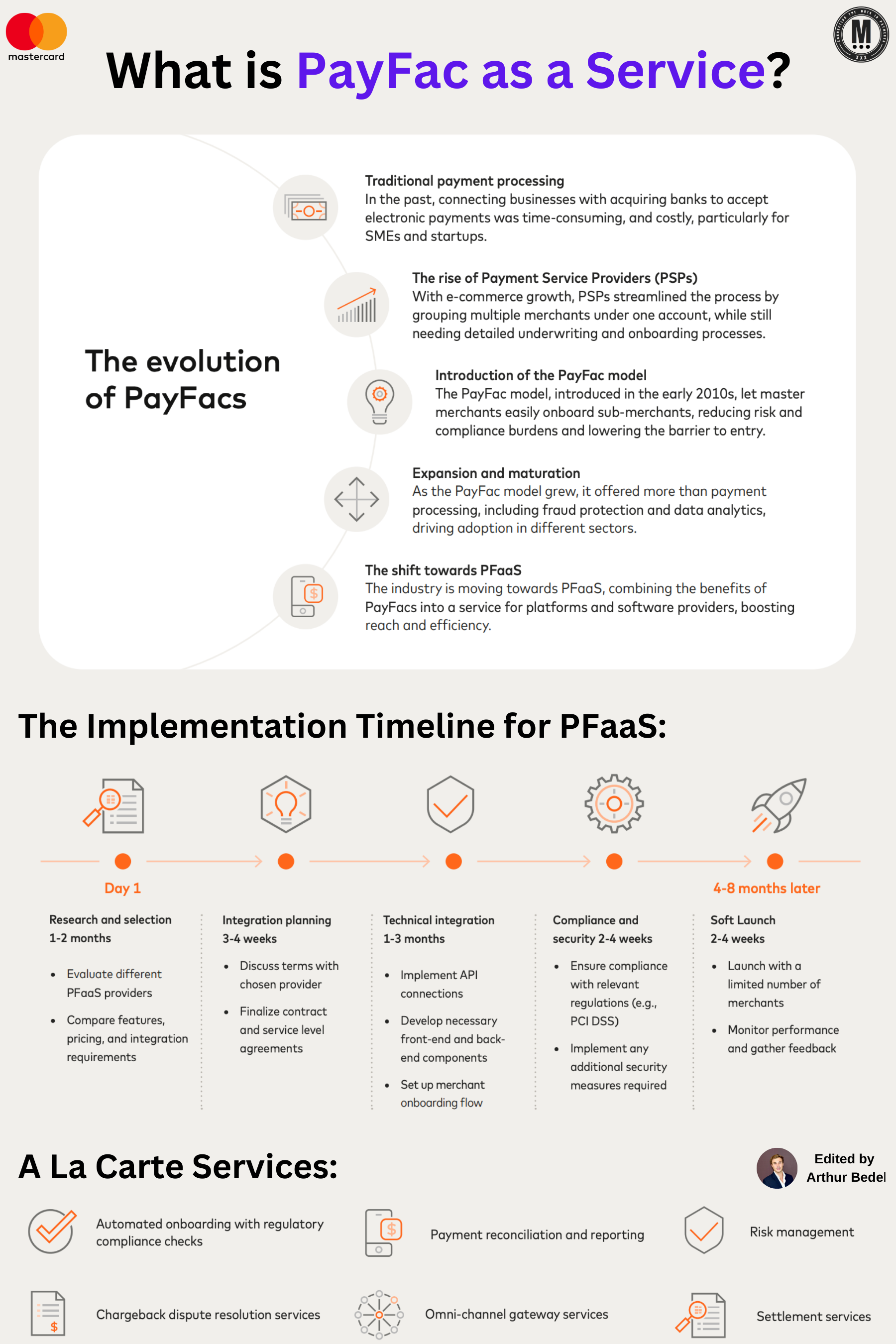
► A Payment Facilitator (PayFac) is a model that enables businesses to simplify the merchant onboarding process by allowing a master merchant to process payments for multiple sub-merchants under a single account. This eliminates the need for each merchant to establish their own acquiring relationship.
𝐖𝐡𝐚𝐭 𝐢𝐬 𝐏𝐚𝐲𝐅𝐚𝐜 𝐚𝐬 𝐚 𝐒𝐞𝐫𝐯𝐢𝐜𝐞 (𝐏𝐅𝐚𝐚𝐒)
► #PFaaS is the next evolution of the PayFac model, providing businesses with a ready-to-use infrastructure. Instead of building and managing complex risk, compliance, and payment processing systems, PFaaS allows companies to leverage an end-to-end service.
𝐓𝐡𝐞 𝐄𝐯𝐨𝐥𝐮𝐭𝐢𝐨𝐧 𝐨𝐟 𝐏𝐚𝐲𝐅𝐚𝐜𝐬 𝐚𝐧𝐝 𝐏𝐅𝐚𝐚𝐒
► 𝐓𝐫𝐚𝐝𝐢𝐭𝐢𝐨𝐧𝐚𝐥 𝐏𝐚𝐲𝐦𝐞𝐧𝐭 𝐏𝐫𝐨𝐜𝐞𝐬𝐬𝐢𝐧𝐠: Businesses had to work directly with acquirers, leading to long onboarding processes and high setup costs
► 𝐓𝐡𝐞 𝐑𝐢𝐬𝐞 𝐨𝐟 𝐏𝐒𝐏𝐬: Payment Service Providers (PSPs) streamlined payment acceptance by allowing businesses to process transactions under one umbrella account, but underwriting and onboarding were still complex.
► 𝐓𝐡𝐞 𝐏𝐚𝐲𝐅𝐚𝐜 𝐌𝐨𝐝𝐞𝐥 𝐄𝐦𝐞𝐫𝐠𝐞𝐬: By the early 2010s, PayFacs enabled faster onboarding of sub-merchants, lowering compliance risks and simplifying payments.
► 𝐏𝐅𝐚𝐚𝐒 𝐓𝐚𝐤𝐞𝐬 𝐎𝐯𝐞𝐫: The model evolved to offer PayFac capabilities as a service, helping platforms, ISVs, and software providers integrate payments effortlessly.
𝐓𝐡𝐞 𝐒𝐭𝐚𝐤𝐞𝐡𝐨𝐥𝐝𝐞𝐫𝐬 𝐢𝐧 𝐭𝐡𝐞 𝐏𝐚𝐲𝐅𝐚𝐜 𝐌𝐨𝐝𝐞𝐥:
1️⃣ Acquirers
► Financial institutions that provide merchant accounts and settle funds for transactions.
2️⃣ Payment Facilitators
► The master merchants that onboard sub-merchants, handle transactions, and ensure compliance with regulatory requirements.
3️⃣ Sub-Merchants
► Businesses or individuals that process payments through the PayFac’s infrastructure.
4️⃣ Independent Software Vendors (ISVs)
► Software platforms and SaaS companies that integrate embedded payments into their services using PFaaS.
5️⃣ Card Networks (Visa, Mastercard)
► Facilitate the authorization, clearing, and settlement of card transactions.
6️⃣ Regulators & Compliance Bodies
► Oversee AML (Anti-Money Laundering), KYC (Know Your Customer), PCI DSS, and other financial regulations.
7️⃣ Risk & Fraud Management Providers
► Third-party services that help detect and mitigate fraud risks in transactions.
𝐏𝐅𝐚𝐚𝐒 𝐒𝐞𝐭𝐮𝐩 𝐓𝐢𝐦𝐞𝐥𝐢𝐧𝐞:
1️⃣ Research & Selection (1-2 months)
2️⃣ Integration Planning (3-4 weeks)
3️⃣ Technical Integration (1-3 months)
4️⃣ Compliance & Security (2-4 weeks)
5️⃣ Soft Launch (2-4 weeks)
𝐓𝐨𝐭𝐚𝐥 𝐓𝐢𝐦𝐞 𝐭𝐨 𝐌𝐚𝐫𝐤𝐞𝐭: 4-8 months (compared to 12-24 months for a traditional PayFac setup).
Payments, they never stop...
Source: Mastercard
I highly recommend following my partner at Connecting the dots in payments... Arthur Bedel 💳 ♻️ for more great content like this one👌
Want your message in front of 100.000+ FinTech fanatics, founders, investors, and operators?
Shoot me a message on LinkedIn or send me an e-mail.



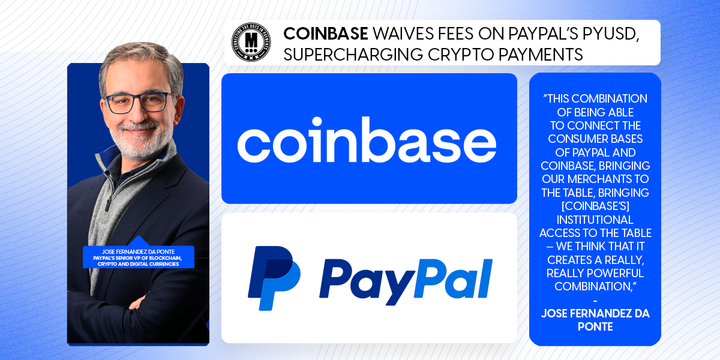
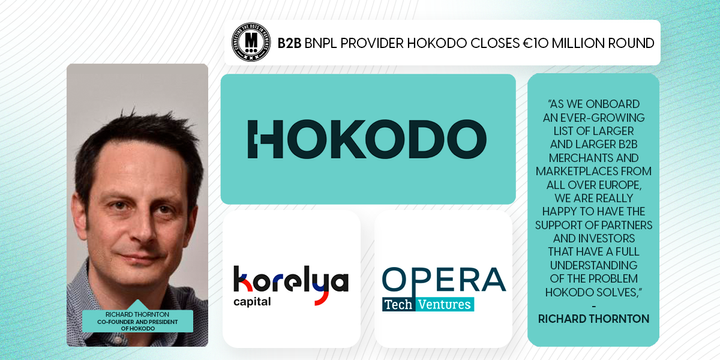
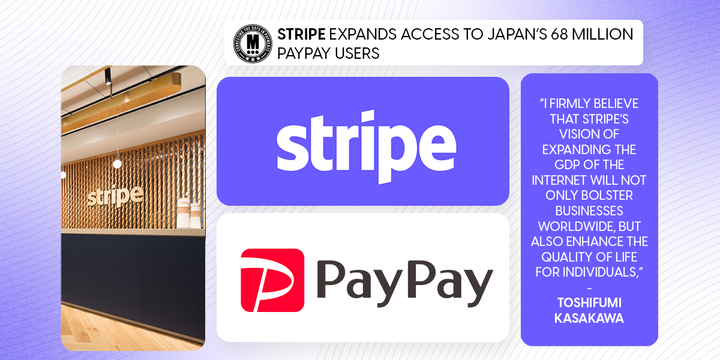
Comments ()